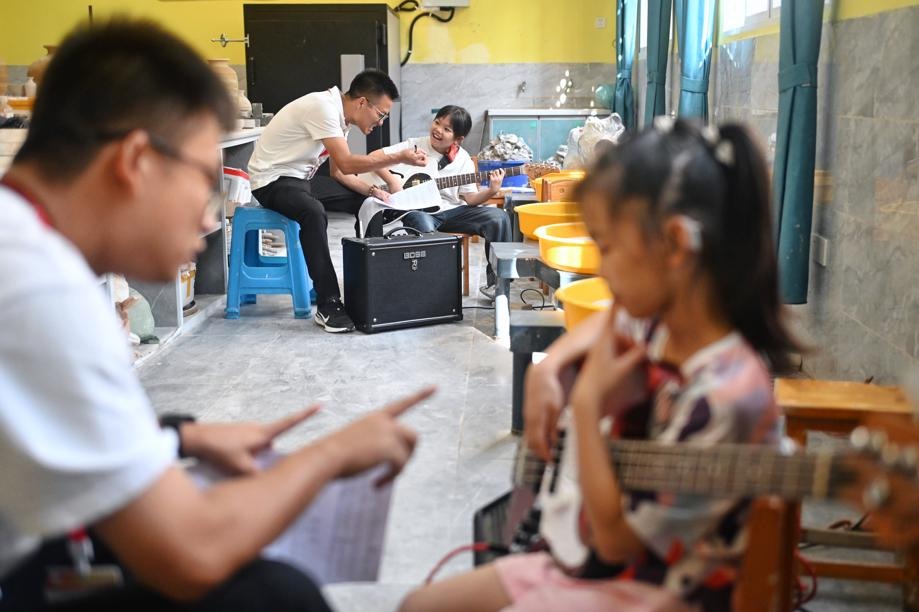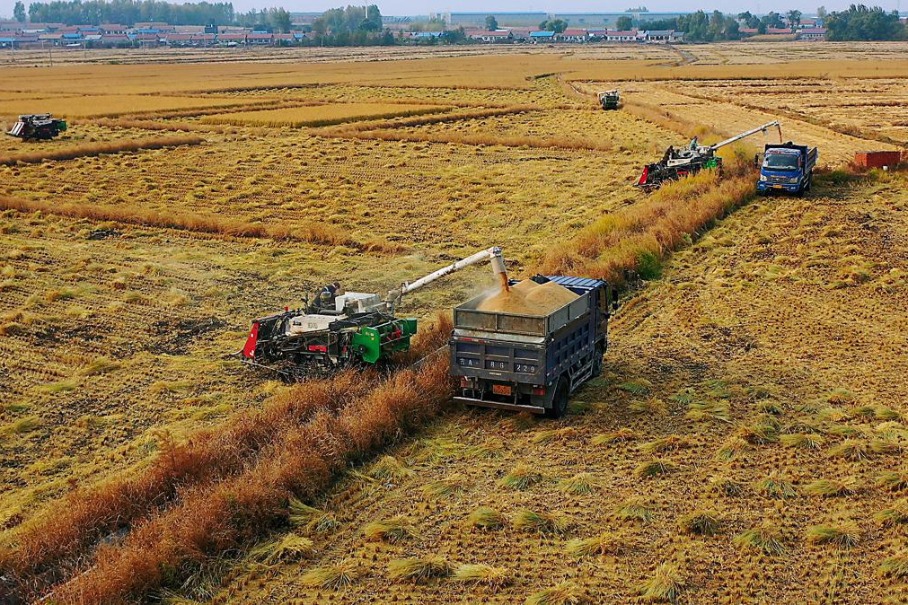China's emergency management authorities step up use of AI model

China's emergency management authorities at all levels are stepping up the use of an artificial intelligence model called "Jiu'an" to improve workplace safety oversight and disaster response, a senior official said on Thursday.
"The Jiu'an model serves as the 'intelligent brain' of the national emergency command headquarters, equipped with strong domain knowledge and analytical capabilities," said Wei Pingyan, director of the Ministry of Emergency Management's Science and Technology and Informatization Department, in a news conference in Beijing.
According to the ministry, the Jiu'an AI model was officially launched in March and made available to emergency management systems nationwide.
The model, whose name means "forever safety" in Chinese, is based on DeepSeek's large language model.
"We trained the model with massive data, including technical documents, regulations, and case studies, and continuously optimized and upgraded it," he said.
This has greatly enhanced Jiu'an's understanding and reasoning capabilities in specialized fields such as mining, hazardous chemicals, and flood control, Wei said.
He noted that the model has now been deeply integrated into emergency operations.
"In safety inspections, for instance, law enforcement officers can take a single on-site photo, and the AI model can instantly identify potential hazards, link relevant legal provisions, and suggest corrective measures," said the official.
Jiu'an is now widely applied across areas such as safety supervision, disaster prevention and mitigation, command and dispatch, and daily administration, with grassroots departments developing diverse local applications, he said.
As the "brain" of the emergency system, Jiu'an is driving a transformation in workflows and operational models, Wei highlighted.
"In the past, risk inspections relied heavily on manual checks. Now, AI can automatically scan video feeds to detect crowding in high-risk zones, dust accumulation, or early signs of smoke and fire."
During this year's flood season, the model automatically generated task lists based on weather alerts and scanned real-time video data in key regions. Once it detected heavy rainfall, flooding, or urban waterlogging, it immediately issued early warnings, said the official.
Wei said the Jiu'an model also played a key role during Typhoon Gaemi in Ningbo, Zhejiang province, in July, helping authorities coordinate preventive measures and marking a shift from traditional emergency management practices to a data-driven, intelligent response model.
- China's emergency management authorities step up use of AI model
- Chinese language education embraces digital economy at Shanghai university
- Novartis hosts China Patient Day event to explore patient-centric healthcare innovations
- China's first natl conference on civility in rural areas targets local customs, culture
- China's latest launch mission marks 600th flight of Long March rockets
- China-Laos Railway cross-border ridership steadily rising





































